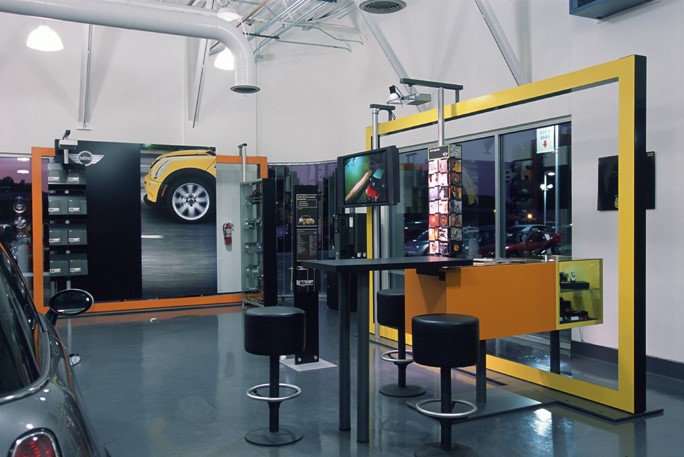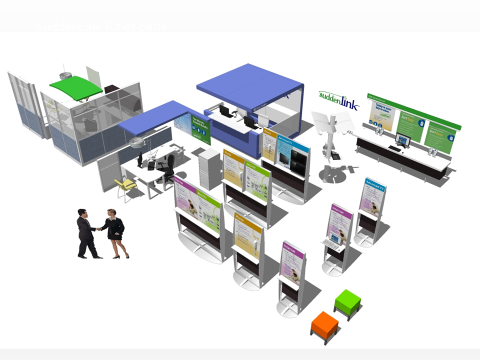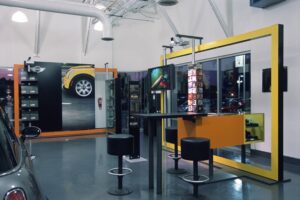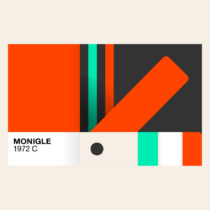Branded Environments and a Kit-of-Parts Solution

A flexible approach to deliver a consistent brand experience
The core concept of developing a branded environment has been around for quite some time, but how is that accomplished? For many brands that have multi-store retail networks, a kit-of-parts is the foundation for a fantastic branded store experience. For most retailers, the physical store architecture of each site varies greatly from location to location. One brand may have a store in an old warehouse district, another in a modern strip mall, and another custom built on a freestanding pad―each completely different in style and character. A kit-of-parts can be the one consistent element that pulls the brand all together.
The Elements of a Kit-Of-Parts
So what’s typically included in a kit-of-parts? Basically, it’s anything and everything that can be built off-site that can then be shipped and installed on a localized basis, such as:
- Brand walls
- Fixtures and furniture
- Cash wraps
- Merchandising displays
- Static and dynamic signage
- Kiosks
- Accent lighting

The Benefits of This Approach
The main benefit of this approach is achieving consistency from location to location, despite the external architectural differences. Because of the uniformity in the branded elements, the customer journey is also suddenly consistent from store to store. For example, a retail environment may include showcasing the latest and greatest products at the front of the store, staples in the middle, and customer service in the back. Carefully designing each of these critical touch points―not only from a look-and-feel perspective, but also from a sales process perspective―creates and controls the brand experience. Other benefits include economies-of-scale cost savings: being able to mass produce the elements, time savings from store design to fabrication lead times, and ease of replacing and updating elements as needs change over time.
How to Create and Implement Your Program
The design process for a brand’s physical space, utilizing a kit-of-parts approach, begins with mapping the customer journey to determine the ideal experience. This is achieved by overlaying the brand’s sales process and optimization strategies, with an eye towards layout flexibility, to create a core program.

Once the core program is in place you can begin crafting the experience through design elements and service principles based on your brand attributes; luxurious, value, rugged, off-beat, high tech, cozy. Some brands go one step further by translating attributes into an experience principle. In MINI’s case the idea of “Downtown Excitement at Night” was used as a metaphor to encapsulate an overarching theme that could be expressed through sight, sound, and feeling.
If you’re not sure what type of experience statement to make, start by identifying what the customer journey looks like and analyzing the moments that have the most potential to influence perceptions. Next, test some concepts using research, in a virtual online environment, to identify the one most likely to work.
Now that you have a new experience, a kit-of-parts can provide the consistent, flexible on-brand solution regardless of the dimensions of your physical environment.
Kurt Monigle is Principal and leader of Monigle’s Environmental Branding practice.



